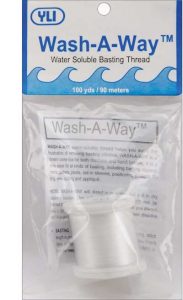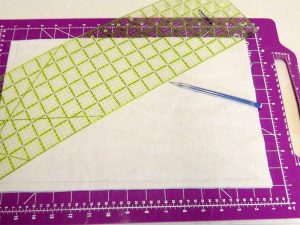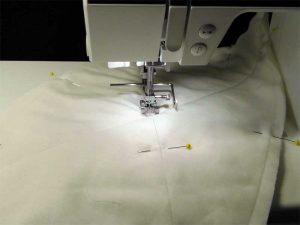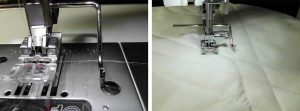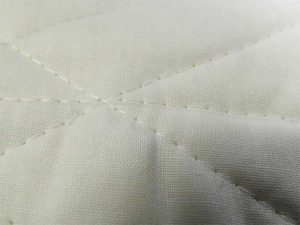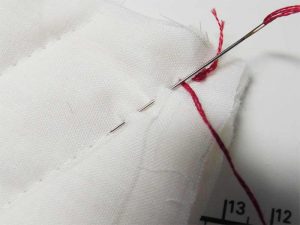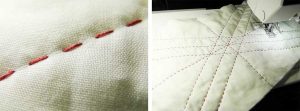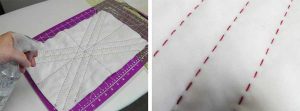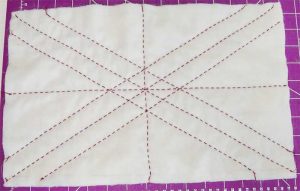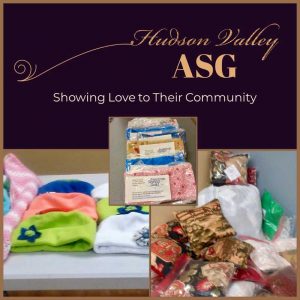 It’s a forgone conclusion that if you are a member of the American Sewing Guild, you obviously love to sew. Why else would you be a member? But in addition to a general love of sewing, one of the hallmarks of ASG has always been a love of sewing for the benefit of others. Over the past several months, as I have read chapter newsletters from the east coast to the west coast, I have seen such a variety of community service projects and the creativity in ASG and the diversity of ideas never ceases to amaze me!
It’s a forgone conclusion that if you are a member of the American Sewing Guild, you obviously love to sew. Why else would you be a member? But in addition to a general love of sewing, one of the hallmarks of ASG has always been a love of sewing for the benefit of others. Over the past several months, as I have read chapter newsletters from the east coast to the west coast, I have seen such a variety of community service projects and the creativity in ASG and the diversity of ideas never ceases to amaze me!
- You have sewn for soldiers, for domestic abuse shelters, for the homeless, for medical facilities and more.
- You have combined sewing challenges with community service with ideas like making sweatshirts for a competition then donating all of them to a needy organization.
- You have shared pictures of your chapter laughing and smiling, clearly enjoying the experience of working together for a common good. Your pictures confirm what I have known to be true, it truly is better to give than to receive.
If your chapter hasn’t yet joined in the fun of sewing for the community together, you may be wondering how to get started. How do you select a project and organization to donate your time and efforts to? Here are a few tips you might consider:
- If you are looking for some new ideas, peruse the pictures in this article.
- Check out Giving Back in the Resources section for ideas.
- Don’t miss the link on that page to an additional LONG list of project ideas to choose from.
- Gather up some of your chapter members and brainstorm with them. Someone just might have an organization that is near and dear to their heart. Reach out to that organization and design your own creative community service project.
Whatever organization and project you chose, I hope you will experience the great joy of giving. And I also hope you will inspire us by sharing your pictures and stories. As Albert Einstein once said, “Creativity is contagious. Pass it on!”
~ Sheryl Belson, Plano Chapter





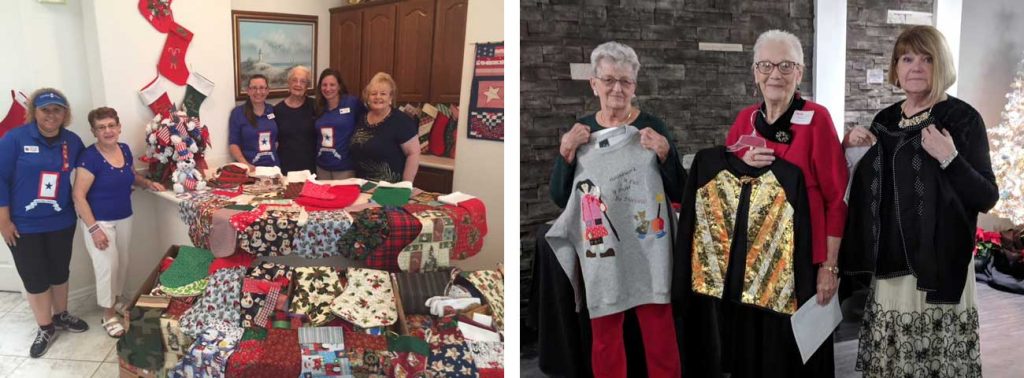
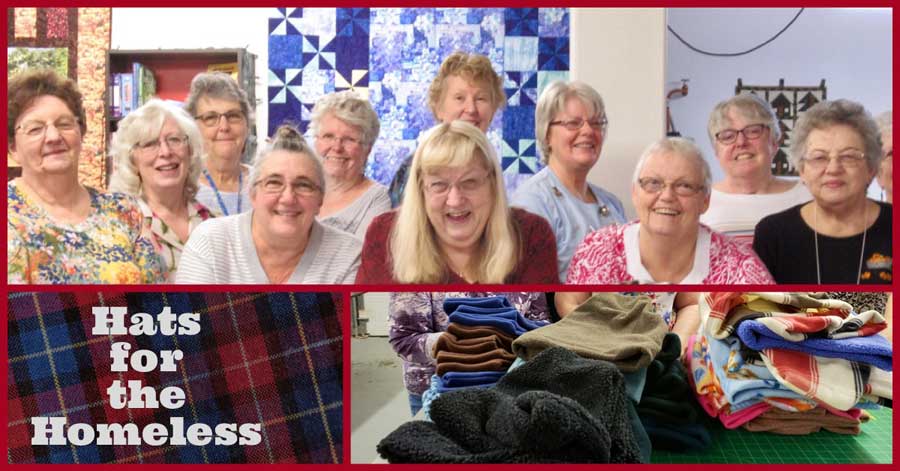
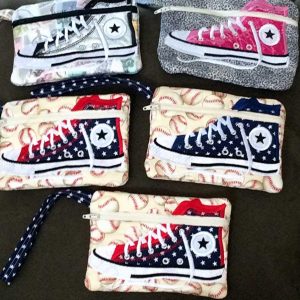 The bags feature great detail, yet are very simple to make using the downloadable in the hoop (ITH) embroidery designs from Disorderly Threads. Donna promised that the instructions were easy to follow, and those who later went to the site and purchased patterns from them confirmed that the instructions were exactly as Donna described. Each design comes with its own set of clearly written procedures featuring pictures every step along the way to guide even the novice machine embroiderer to success through embroidery and applique aspects of the designs.
The bags feature great detail, yet are very simple to make using the downloadable in the hoop (ITH) embroidery designs from Disorderly Threads. Donna promised that the instructions were easy to follow, and those who later went to the site and purchased patterns from them confirmed that the instructions were exactly as Donna described. Each design comes with its own set of clearly written procedures featuring pictures every step along the way to guide even the novice machine embroiderer to success through embroidery and applique aspects of the designs.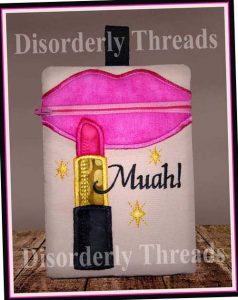
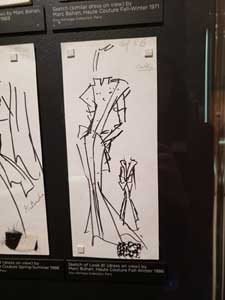 On a beautiful, sunny day in January, the Colorado Springs ASG garment group toured the Dior exhibition held at the Denver Art Museum. I had heard glowing reviews from other friends who had attended, but I was not prepared for the scope of the offering. A selection of more than 200 couture dresses was on display, along with many drawings, mood boards and accessories. The exhibition was even more fantastic because of the way the garments were presented, having been designed by the internationally renowned architect Shohei Shigematsu.
On a beautiful, sunny day in January, the Colorado Springs ASG garment group toured the Dior exhibition held at the Denver Art Museum. I had heard glowing reviews from other friends who had attended, but I was not prepared for the scope of the offering. A selection of more than 200 couture dresses was on display, along with many drawings, mood boards and accessories. The exhibition was even more fantastic because of the way the garments were presented, having been designed by the internationally renowned architect Shohei Shigematsu.